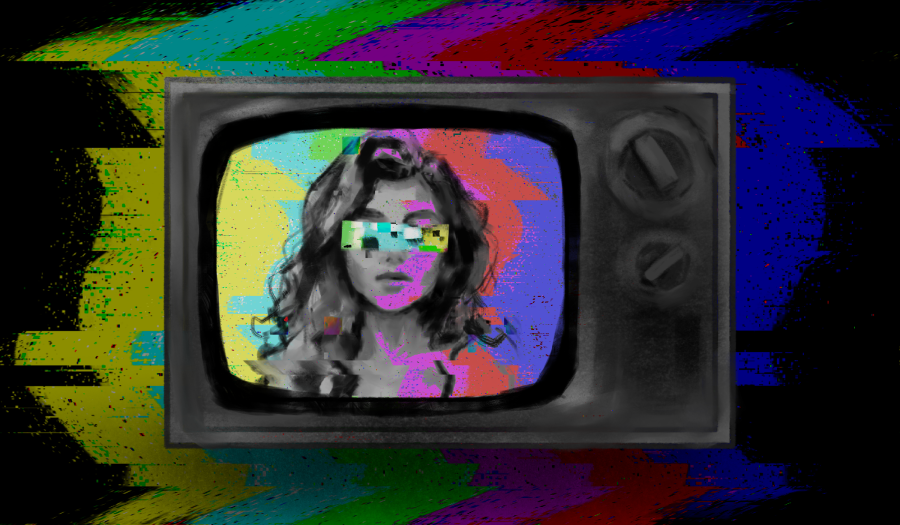Actress Simone Ashley made headlines after being cast in a lead role for the second season of Netflix’s hit show, “Bridgerton,” this past week. Many praised Netflix for its inclusion within the show and were ecstatic to see a South Asian woman on screen. Even though I’ve never seen the show, I must admit I still felt pride welling in my chest when I heard about this casting. It reminded me of the excitement surrounding the casting of Iman Vellani as Ms. Marvel last year, making her the first brown lead in the Marvel Cinematic Universe. TV and movie casting doesn’t usually make headlines like this. After all, seeing that another straight white man got the lead in a blockbuster film isn’t exactly news.
These castings have made ripples because South Asians, like so many other underrepresented groups, are rarely given center stage, and even when they are, they’re often put in reductive roles that only undermine the importance of their casting.
Ultimately, strides to incorporate more diversity and inclusivity within mainstream media are contradicted when these minorities are cast only to perpetuate stereotypes and character tropes. Rather than creating opportunity and open-mindedness, these media choices end up exemplifying the narrow worldview that they’re often trying to prevent.
More often than not, brown characters in the media embody one of two roles. Either they’re barbaric Middle Eastern terrorists, as seen in action shows like “24” and “Jack Ryan,” which only perpetuate fear and villainization of the Middle East, or they’re the Indian “tech-geeks” like Raj from “Big Bang Theory” or Baljeet from “Phineas and Ferb.” Keep in mind, both of these tropes are almost exclusively played by male characters, but that’s a completely different issue. How inclusive!
As someone who has watched family members get racially profiled and even held overnight at airports on multiple occasions, it’s extremely frustrating that the only value brown characters seem to hold is their ability to generate more fear and justify racist assumptions.
It’s no secret that there’s already a shortage of diverse characters in the media, so confining the few characters who do represent minority groups to the same storylines or personality traits is incredibly harmful. Not only does it reassure public belief in these stereotypes, but it’s indicative that this inclusion of diverse actors may be nothing more than tokenism.
This clearly translates to queer media as well. Oftentimes the personalities of LGBTQ+ characters seem to encapsulate common assumptions about their sexualities. Some examples include the flamboyantly feminine gay male trope, as seen in the character of Barry Glickman in the Netflix film “Prom,” and conversely, the “butch” lesbian trope, as seen in the character of Big Boo in “Orange is the New Black.” The pervasiveness of these tropes ultimately constructs expectations of what a gay man or lesbian “should” look and act like, diminishing the idea of an inclusive community.
Additionally, the few LGBTQ+ characters that survive long enough to escape the “bury your gays” trope are often characterized solely by their sexuality. It is treated like their one and only personality trait, rather than a piece of their identity, and thus, it seems as though these characters can’t be interesting outside the scope of sexuality. A prime example of this is the character of Carol in “Friends.” At the beginning of the show, Carol divorces the main character, Ross, after realizing she is lesbian, and despite the show’s 10-season run, she is one of the only LGBTQ+ characters. Her sexuality is the only aspect of her character that is developed and depicted on screen, and is almost always in the form of a running joke.
Ultimately, this move toward a more inclusive Hollywood is completely pointless when the few characters representing minority groups only serve to perpetuate stereotypes and character tropes. Rather than creating opportunity and open-mindedness, these media repetitions end up exemplifying the narrow worldview that they’re often trying to prevent. Writers/producers need to understand that hiring actors of color, actors from the LBGTQ+ community, and others from underrepresented groups is not the one and only step to achieving an inclusive production.
They need to think long and hard about how they situate these characters, how they are portrayed, and how they are perceived. They need to foster more inclusivity behind the scenes, so that their experiences translate on screen. Hiring actors of color is one thing, but demonstrating a deep understanding and consideration of how to make these representations authentic is the real test.
Art by Angela Liang for the UC San Diego Guardian.













